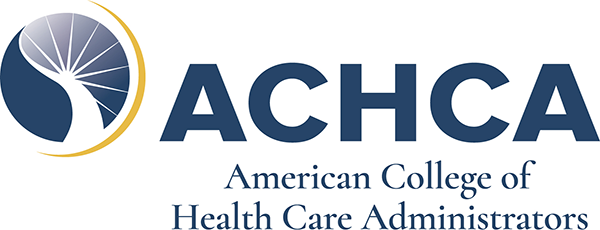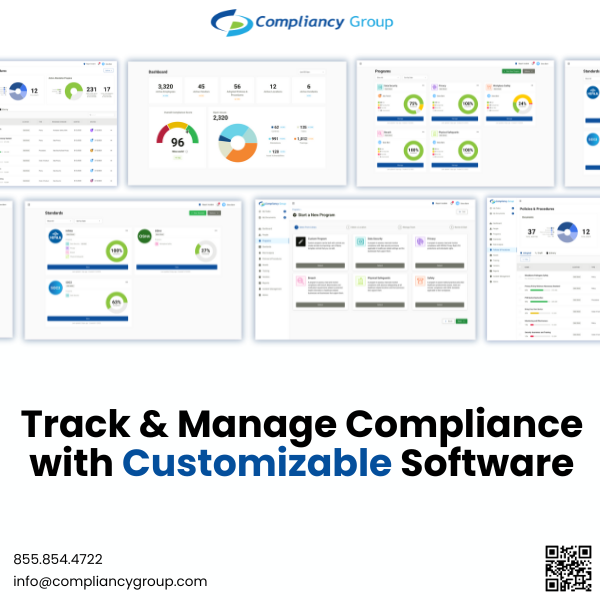Social Networking and Aging
A classic study by the researchers Lowenthal and Haven, demonstrated the importance of a caring relationship as a buffer against “age linked social losses”. The maintenance of a stable intimate relationship was more closely associated with good mental health and high morale than a high level of activity or elevated role status.
In other words, one appears to be able to manage stresses if relationships are close and sustaining, and if they are not, prestige and keeping busy may not always prevent depression.



